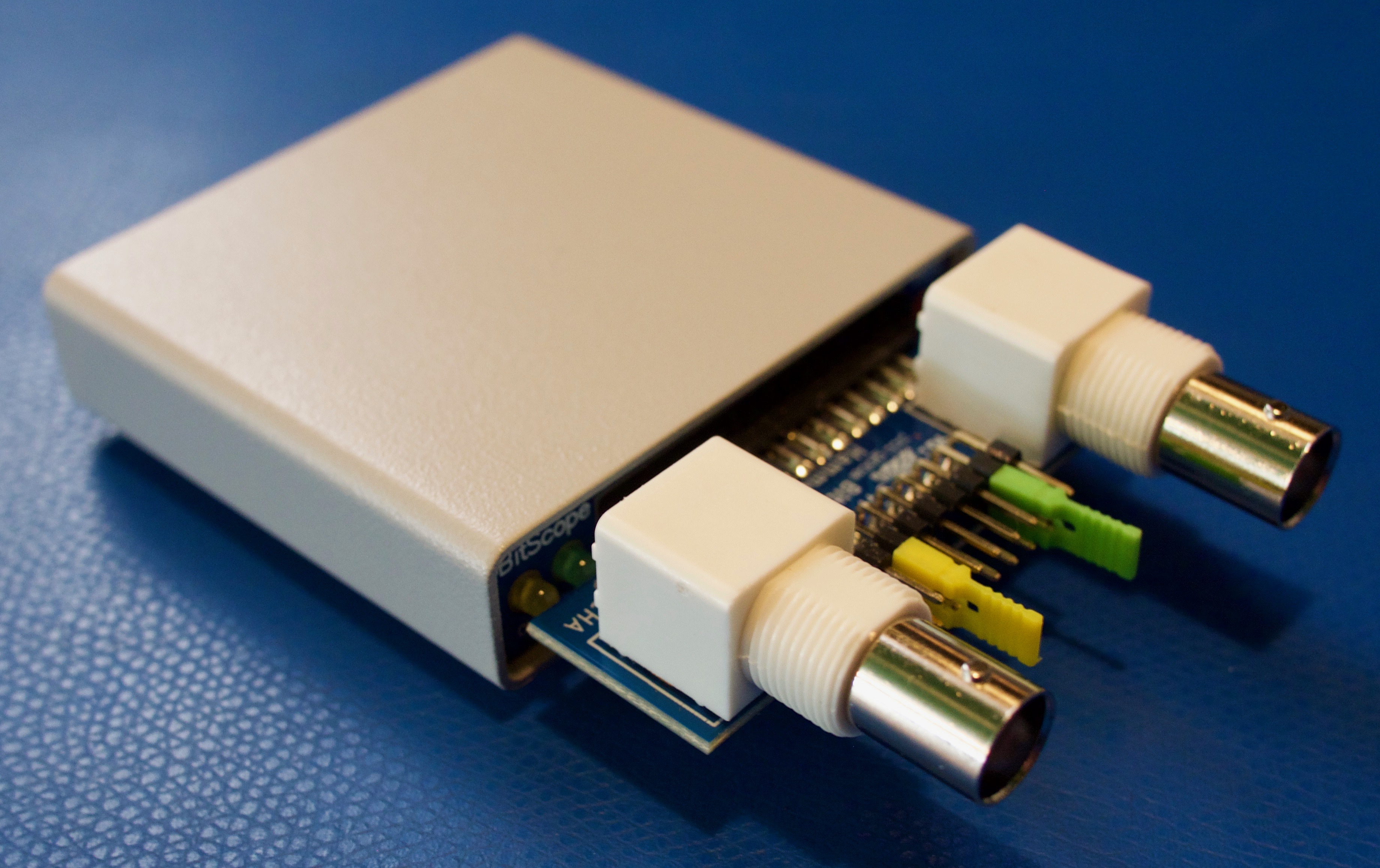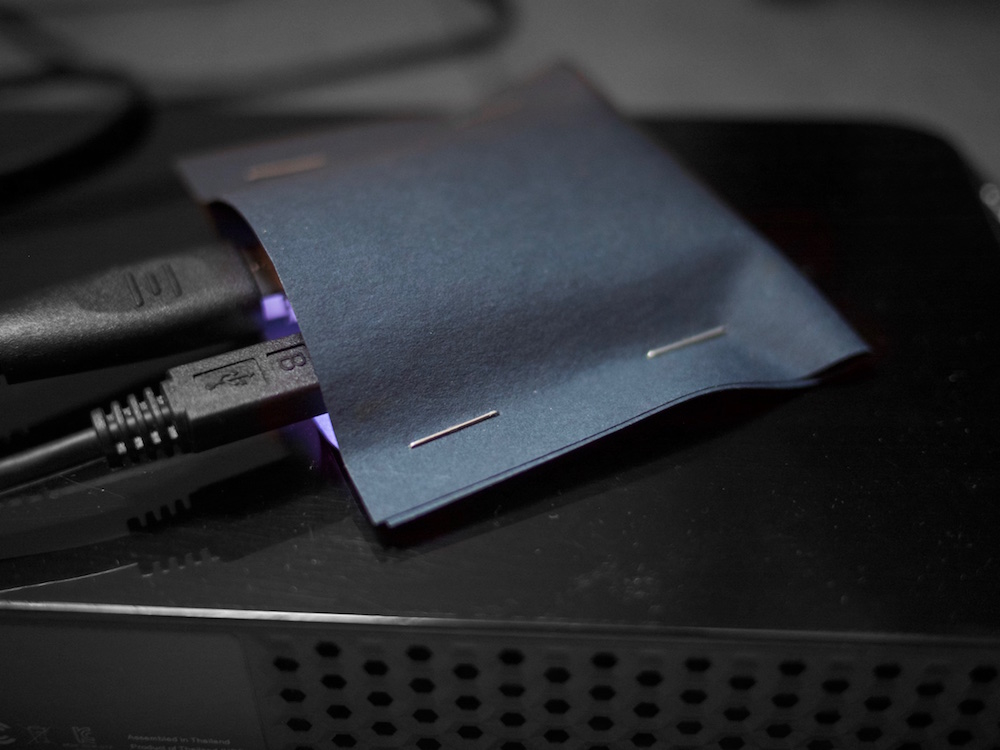Milone's eTape is proving to be rather finicky. Per Milone's instructions, I have it installed in a 1" pipe, so that it can't stick to the sides. Readings fluctuate by up to 1/2", even with no change in water level. The eTape seems very sensitive to any sort of pressure. It needs to be suspended to give a proper reading. I neglected to suspend it during one test, and in an empty pipe, readings gradually reached 14", apparently just from the pressure on the bottom of the tape. Worse, according to this discussion, it appears that the eTape can be permanently damaged if it is submerged. That seems to contradict the Operating Instructions, which state:
The vent hole allows the eTape to equilibrate with atmospheric pressure and must not be submerged in the fluid to work properly. The vent hole is fitted with a hydrophobic filter membrane to prevent the eTape from being swamped if inadvertently submerged.
I've emailed Milone for clarification.
Update:
According to Chris at Milone, it's ok to submerge the vent hole, but submerging the connector tab will permanently damage the sensor - a detail I'd have thought would be worth mentioning in the Operating Instructions. The newer eTapes that come in tubes are sealed so that this isn't a problem. Chris says that bare eTape can be sealed by using RTV or Silicone II to completely cover the connector tab.







